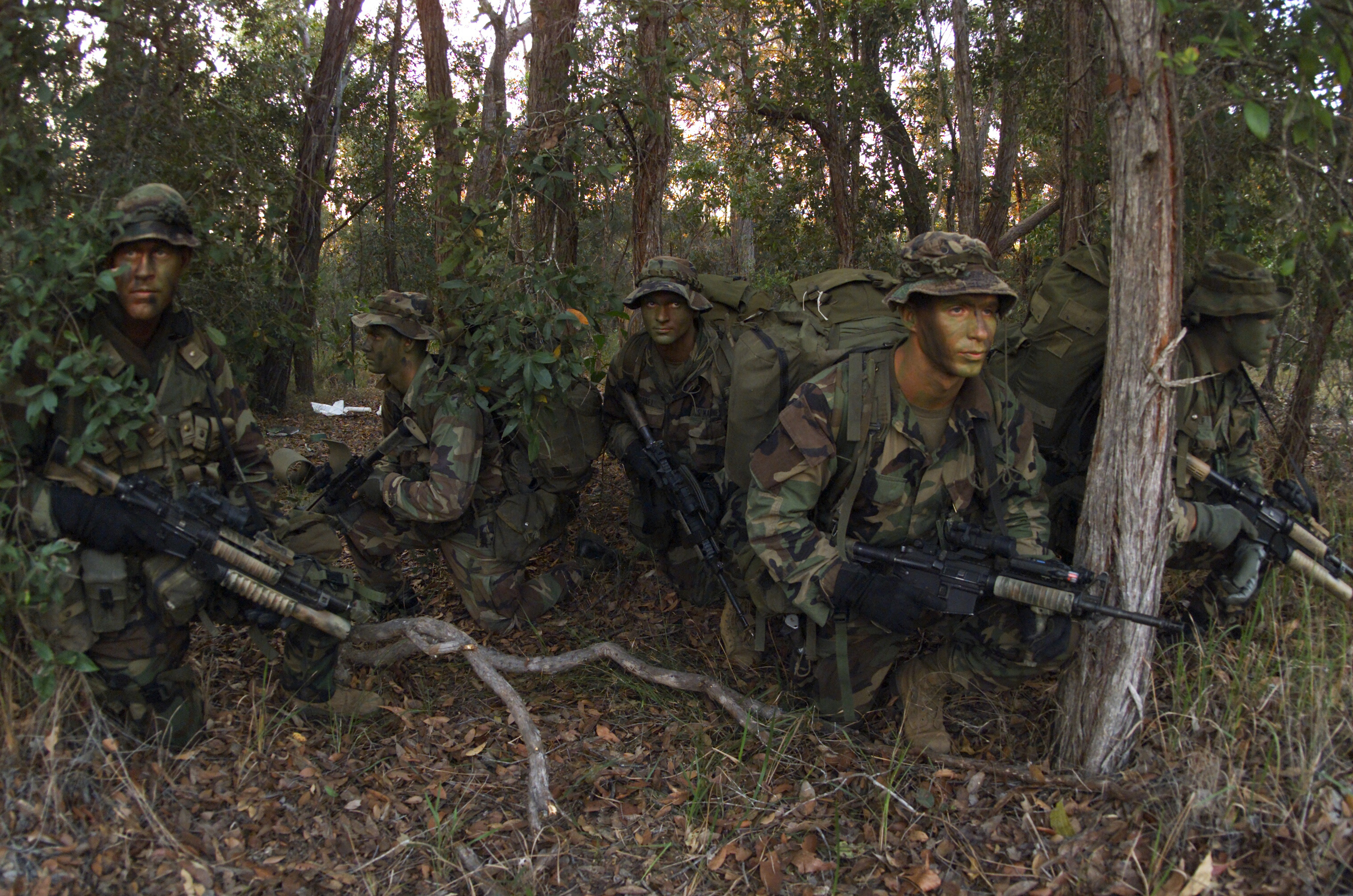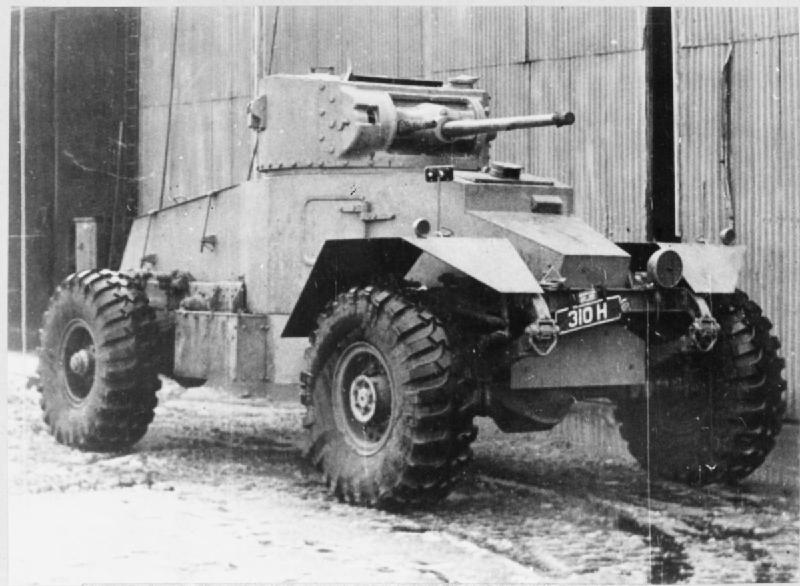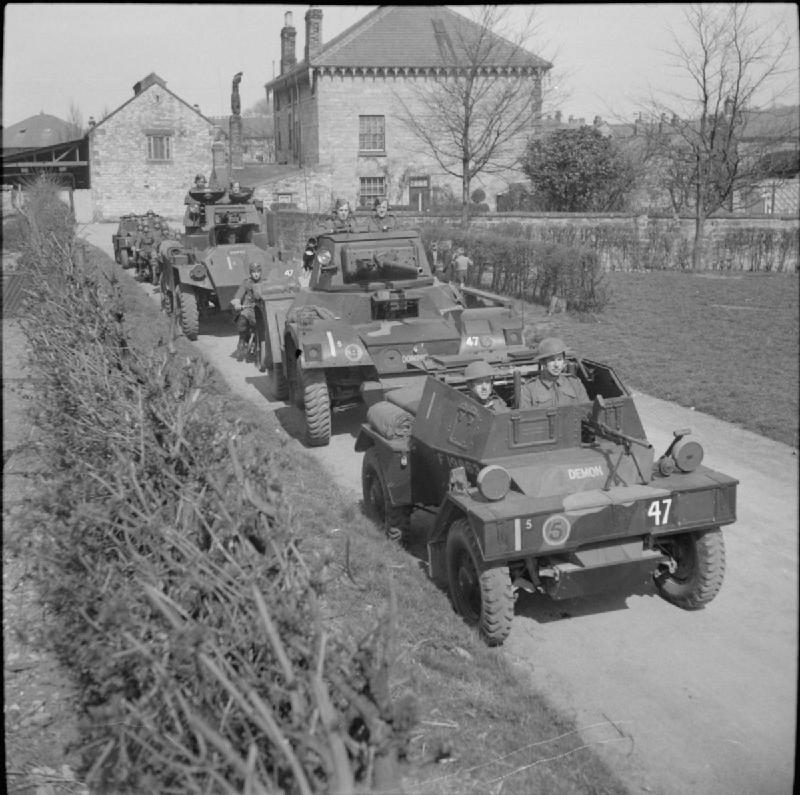|
Armoured Car Regiment
Armoured Car Regiments were reconnaissance units employed by the British Army during the 20th century. The primary equipment of these units was the armoured car with many different types of armoured cars serving in the regiments during the Second World War and the Cold War. An armoured car regiment typically numbered several hundred men and several tens of armoured cars. By the end of the 20th century, armoured cars as front-line reconnaissance vehicles had been supplanted by tracked vehicles in the British Army and the surviving regiments converted to other organisational forms. Regimental organisation in the Second World War Armoured car regiments were a component of the Royal Armoured Corps. Similarly equipped units of the Reconnaissance Corps were organic parts of infantry divisions during the Second World War. France 1940 In the 1940 campaign in France and Flanders, the 12th Royal Lancers was the sole armoured car regiment fielded by the British Expeditionary Force. Duri ... [...More Info...] [...Related Items...] OR: [Wikipedia] [Google] [Baidu] |
Reconnaissance
In military operations, military reconnaissance () or scouting is the exploration of an area by military forces to obtain information about enemy forces, the terrain, and civil activities in the area of operations. In military jargon, reconnaissance is abbreviated to ''recce'' (in British, Canadian, Australian English) and to ''recon'' (in American English), both derived from the root word ''reconnoitre'' / ''reconnoitering''. The types of reconnaissance include patrolling the local area of operations and long-range reconnaissance patrols, which are tasks usually realized in the United States of America by U.S. Army Rangers, cavalry scouts, and military intelligence specialists, using navy ships and submarines, Aerial reconnaissance, reconnaissance aircraft, satellites to collect raw intelligence; and establishing observation posts. Moreover, espionage is different from reconnaissance, because spies work as civilians in enemy territory. Etymology The word is derived from the ... [...More Info...] [...Related Items...] OR: [Wikipedia] [Google] [Baidu] |
Humber Scout Car
The Humber scout car was a British light scout car used in the Second World War. It entered service in 1942 and continued in production until 1945. Designed for reconnaissance, and liaison between armoured units, it provided protection only against light arms fire, so was not a front line vehicle. More importantly it was small and fast and could quickly evade trouble. It became the shape format for the post war Ferret armoured car which began production in 1952. History Although at the outbreak of the Second World War the British Army had already selected the Daimler Dingo for production, the need for scout cars could not be met by Daimler alone, so other companies were required to produce similar vehicles. One of these companies was Humber which along with other companies in the Rootes Group was already producing armoured cars and the Humber Light Reconnaissance Car. In 1942 they built a vehicle similar to the Dingo in layout. To comply with the official requirement to kee ... [...More Info...] [...Related Items...] OR: [Wikipedia] [Google] [Baidu] |
2/11th Armoured Car Regiment (Australia)
The 2/11th Armoured Car Regiment was an Australian Army armoured reconnaissance regiment of World War II. The regiment was formed in mid-1941 and was intended to be deployed to the Middle East. In late 1941, in response to the growing threat posed by Japan's entry into the war in the Pacific, it was employed in a defensive role to guard against a possible invasion of mainland Australia. It was disbanded in early 1944 without seeing action as part of the reduction of Australia's armoured forces and the reallocation of manpower to other formations more suited to jungle warfare. History The 2/11th Armoured Car Regiment was formed in Cowra, New South Wales, during August 1941 as part of the 1st Armoured Division. Its first commanding officer was Lieutenant Colonel Edward Sheehan. The regiment was gradually brought up to full strength and was expanded to four "sabre" squadrons following the outbreak of the Pacific War, by which time Lieutenant Colonel Oliver Rennick took command, se ... [...More Info...] [...Related Items...] OR: [Wikipedia] [Google] [Baidu] |
Union Of South Africa
The Union of South Africa (; , ) was the historical predecessor to the present-day South Africa, Republic of South Africa. It came into existence on 31 May 1910 with the unification of the British Cape Colony, Cape, Colony of Natal, Natal, Transvaal Colony, Transvaal, and Orange River Colony, Orange River colonies. It included the territories that were formerly part of the South African Republic and the Orange Free State. Following World War I, the Union of South Africa was a signatory of the Treaty of Versailles and became one of the Member states of the League of Nations, founding members of the League of Nations. It was League of Nations mandate, mandated by the League with the administration of South West Africa (now known as Namibia). South West Africa became treated in most respects as another province of the Union, but it never was formally annexed. The Union of South Africa was a self-governing dominion of the British Empire. Its full sovereignty was confirmed with the ... [...More Info...] [...Related Items...] OR: [Wikipedia] [Google] [Baidu] |
Southern Rhodesia
Southern Rhodesia was a self-governing British Crown colony in Southern Africa, established in 1923 and consisting of British South Africa Company (BSAC) territories lying south of the Zambezi River. The region was informally known as South Zambesia until annexation by Britain, at the behest of Cecil Rhodes's British South Africa Company (for whom the colony was named). The bounding territories were Bechuanaland (Botswana), Northern Rhodesia (Zambia), Portuguese Mozambique (Mozambique) and the Transvaal Republic (for two brief periods known as the British Transvaal Colony; from 1910, the Union of South Africa and, from 1961, the Republic of South Africa). Since 1980, the colony's territory is the independent nation of Zimbabwe. This southern region, known for its extensive gold reserves, was first purchased by the BSAC's Pioneer Column on the strength of a mineral concession extracted from its Matabele king, Lobengula, and various majority Mashona vassal chiefs in 18 ... [...More Info...] [...Related Items...] OR: [Wikipedia] [Google] [Baidu] |
Poland
Poland, officially the Republic of Poland, is a country in Central Europe. It extends from the Baltic Sea in the north to the Sudetes and Carpathian Mountains in the south, bordered by Lithuania and Russia to the northeast, Belarus and Ukraine to the east, Slovakia and the Czech Republic to the south, and Germany to the west. The territory has a varied landscape, diverse ecosystems, and a temperate climate. Poland is composed of Voivodeships of Poland, sixteen voivodeships and is the fifth most populous member state of the European Union (EU), with over 38 million people, and the List of European countries by area, fifth largest EU country by area, covering . The capital and List of cities and towns in Poland, largest city is Warsaw; other major cities include Kraków, Wrocław, Łódź, Poznań, and Gdańsk. Prehistory and protohistory of Poland, Prehistoric human activity on Polish soil dates to the Lower Paleolithic, with continuous settlement since the end of the Last Gla ... [...More Info...] [...Related Items...] OR: [Wikipedia] [Google] [Baidu] |
Canada
Canada is a country in North America. Its Provinces and territories of Canada, ten provinces and three territories extend from the Atlantic Ocean to the Pacific Ocean and northward into the Arctic Ocean, making it the world's List of countries and dependencies by area, second-largest country by total area, with the List of countries by length of coastline, world's longest coastline. Its Canada–United States border, border with the United States is the world's longest international land border. The country is characterized by a wide range of both Temperature in Canada, meteorologic and Geography of Canada, geological regions. With Population of Canada, a population of over 41million people, it has widely varying population densities, with the majority residing in List of the largest population centres in Canada, urban areas and large areas of the country being sparsely populated. Canada's capital is Ottawa and List of census metropolitan areas and agglomerations in Canada, ... [...More Info...] [...Related Items...] OR: [Wikipedia] [Google] [Baidu] |
Antitank Rifle
Anti-tank warfare refers to the military strategies, tactics, and weapon systems designed to counter and destroy enemy armored vehicles, particularly tanks. It originated during World War I following the first deployment of tanks in 1916, and has since become a fundamental component of land warfare doctrine. Over time, anti-tank warfare has evolved to include a wide range of systems, from handheld infantry weapons and anti-tank guns to guided missiles and air-delivered munitions. Anti-tank warfare evolved rapidly during World War II, leading to infantry-portable weapons. Through the Cold War of 1947–1991, the United States, anti-tank weapons have also been upgraded in number and performance. Since the end of the Cold War in 1992, new threats to tanks and other armored vehicles have included remotely detonated improvised explosive devices (IEDs). During the Russian invasion of Ukraine, drones and loitering munitions have attacked and destroyed tanks. Tank threat Anti ... [...More Info...] [...Related Items...] OR: [Wikipedia] [Google] [Baidu] |
AEC Armoured Car
AEC armoured cars are a series of British heavy armoured cars built by the Associated Equipment Company (AEC) during the Second World War. The AEC armoured car came about following British experience in the Western Desert against Italian armoured cars. British armoured cars were only armed with light and heavy machine guns and the army was fitting captured Italian and German 20 mm or larger autocannon to have enough firepower when meeting enemy reconnaissance vehicles. The Daimler armoured car was under development with a 40 mm 2-pounder gun as used on British tanks but no armoured cars were envisaged with the armour as well as the armament of a tank. AEC undertook development privately of a vehicle based on one of the lorry designs (an artillery tractor) that would have armour equivalent to a contemporary cruiser tank. Design and development AEC of Southall, England was a manufacturer of truck and bus chassis and its Matador artillery tractor was used for towing m ... [...More Info...] [...Related Items...] OR: [Wikipedia] [Google] [Baidu] |
Daimler Dingo
The Daimler scout car, known in service as the Daimler Dingo (after the Dingo, Australian wild dog), is a British light, fast four-wheel drive reconnaissance vehicle also used for liaison during the Second World War. Design and development In 1938, the British War Office issued a specification for a scouting vehicle. Three British motor manufacturers, Alvis Cars, Alvis, Birmingham Small Arms Company, BSA Cycles and Morris Commercial Cars, Morris, were invited to supply prototypes. Alvis had been in partnership with Nicholas Straussler and provided armoured cars to the Royal Air Force, Morris had participated in trials and production of armoured cars and BSA Cycles – whose parent Birmingham Small Arms Company, Birmingham Small Arms (BSA) was involved in armaments – had a small front wheel drive vehicle in production. Testing began in August 1938. All were of similar size and layout – rear engine and all Four-wheel drive, four-wheel-drive. The Morris design was eliminate ... [...More Info...] [...Related Items...] OR: [Wikipedia] [Google] [Baidu] |




